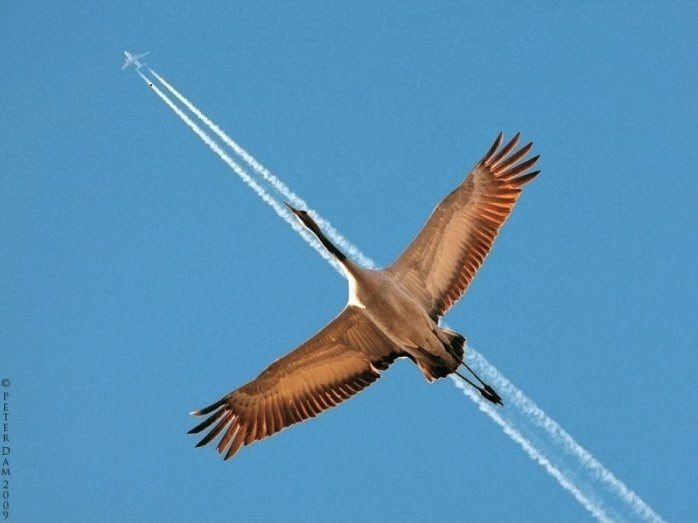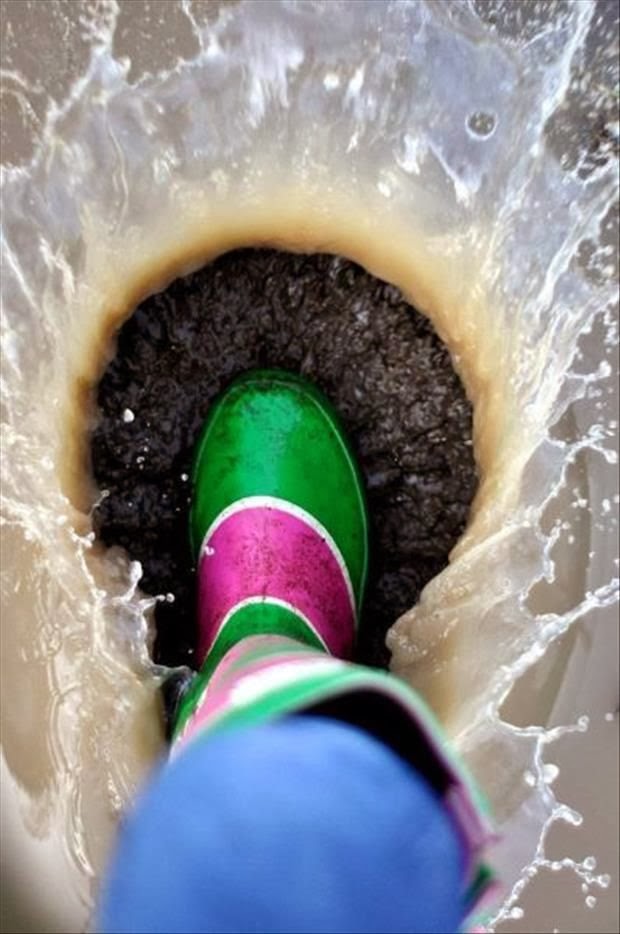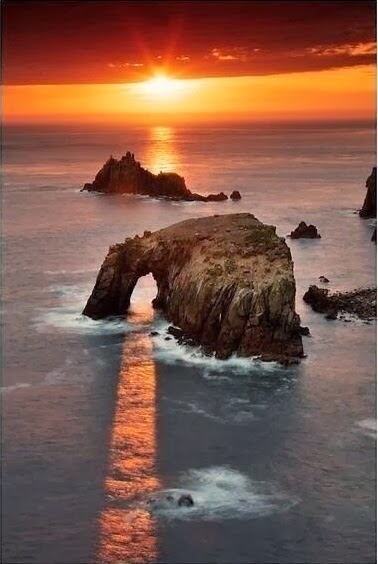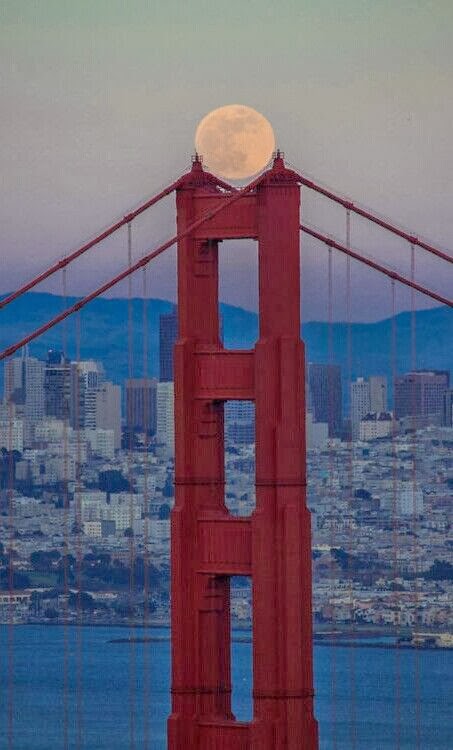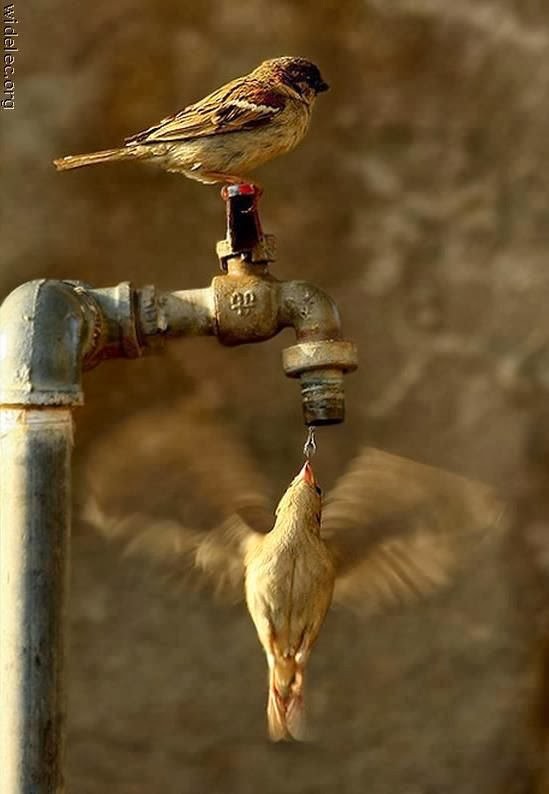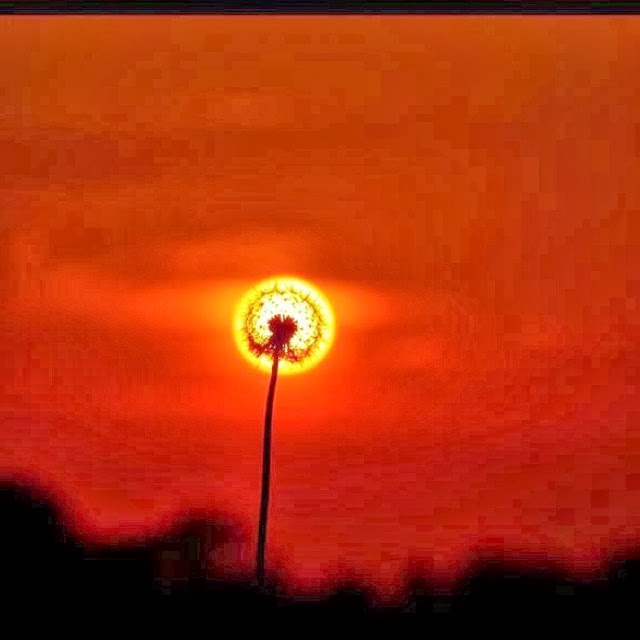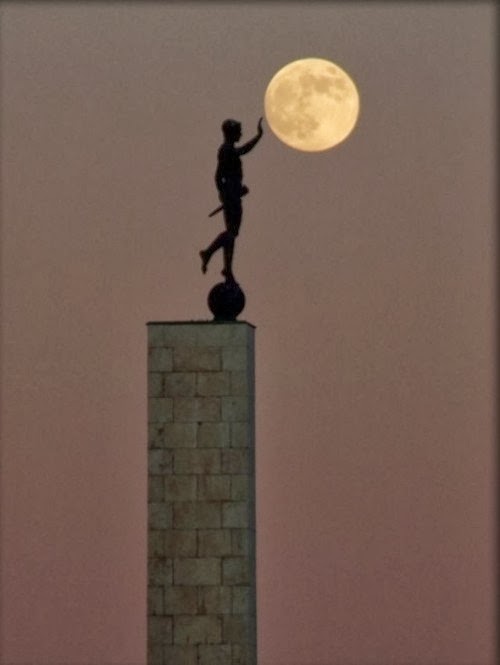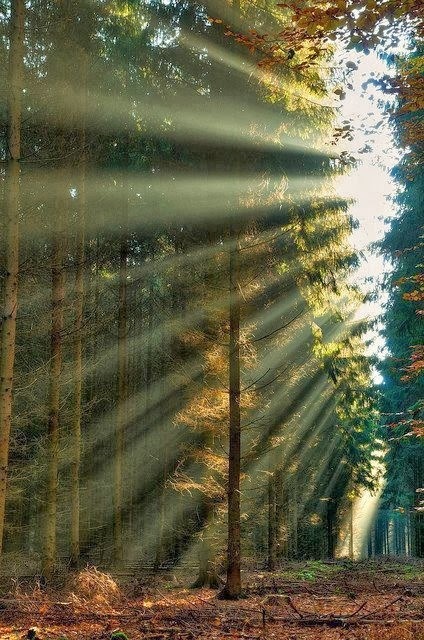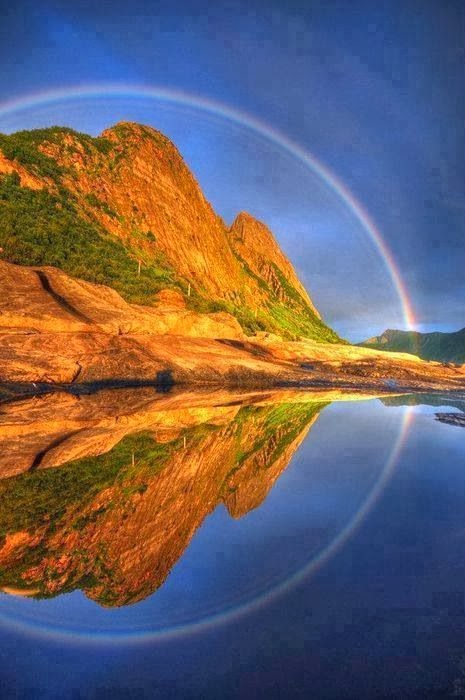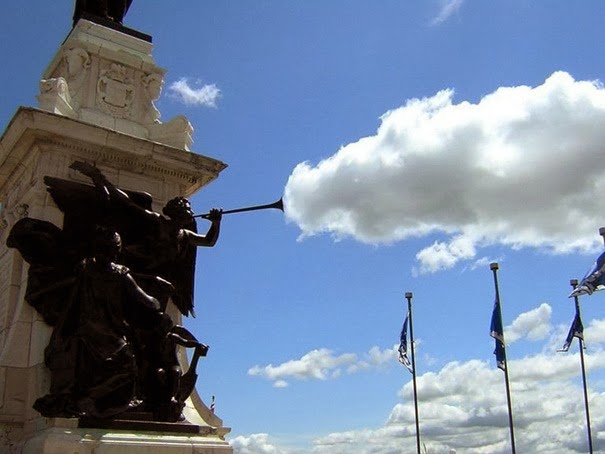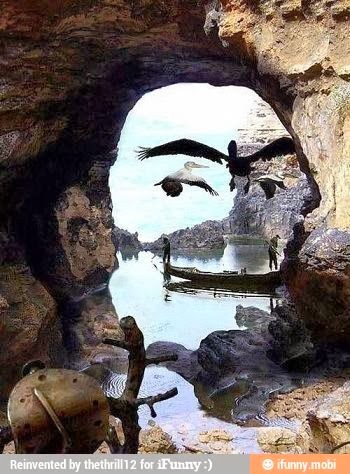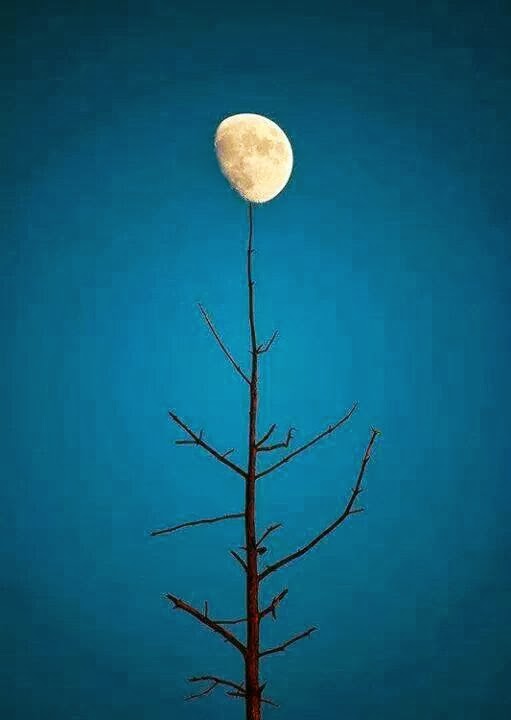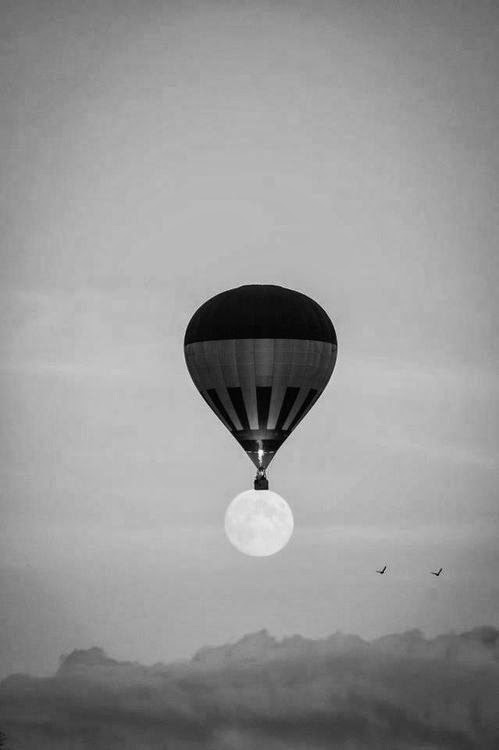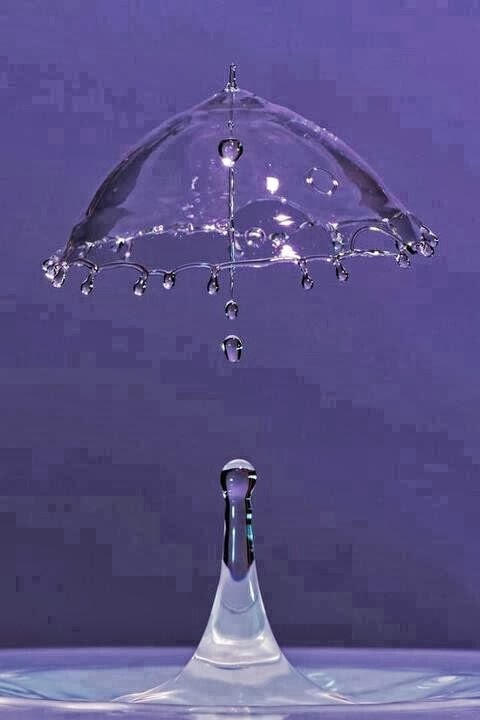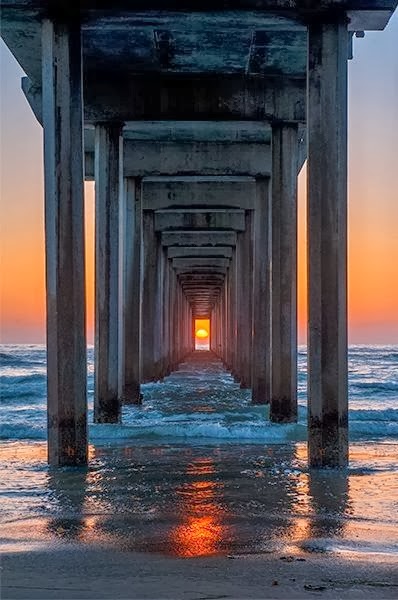Antelope Canyon, USA
Antelope Canyon is a popular location for photographers and sightseers, and a source of tourism business for the Navajo Nation. It has been accessible by permit only since 1997, when the Navajo Tribe made it a Navajo Tribal Park. Photography within the canyons is difficult due to the wide exposure range (often 10 EV or more) made by light reflecting off the canyon walls.
Cancun Underwater Museum, Mexico
Cancun Underwater Museum is a series of sculptures by Jason deCaires Taylor placed underwater off the coast of Isla de Mujeres and Cancún, Mexico. The project began in November 2009 with placement of a hundred statues in shallow waters of the Cancún National Marine Park, which had been previously damaged by storms.
Canola Flower Fields, China
Mendenhall Ice Caves - Juneau, Alaska
Mendenhall Glacier is a glacier about 12 miles (19 km) long located in Mendenhall Valley, about 12 miles (19 km) from downtown Juneau in the southeast area of the U.S. state of Alaska. The glacier and surrounding landscape is protected as the 5,815-acre Mendenhall Glacier Recreation Area, a federally designated unit of the Tongass National Forest.
Hitachi Seaside Park, Japan
Covering an area of 190 hectares, the park features blooming flowers around the year. The park has become known for its baby blue-eyes flowers, with the blooming of 4.5 million of the translucent-petaled blue flowers in the spring drawing tourists.
Salar de Uyuni - World’s Largest Mirrors, Bolivia
Salar de Uyuni (or Salar de Tunupa) is the world's largest salt flat at 10,582 square kilometers (4,086 sq mi). It is located in the Potosí and Oruro departments in southwest Bolivia, near the crest of the Andes and is at an elevation of 3,656 meters (11,995 ft) above mean sea level. The Salar was formed as a result of transformations between several prehistoric lakes. It is covered by a few meters of salt crust, which has an extraordinary flatness with the average altitude variations within one meter over the entire area of the Salar.
Zhangye Danxia Landform, China
Bamboo Forest, Japan
Tianzi Mountains, China
Tianzi Mountain is located in Zhangjiajie in the Hunan Province of China, close to the Suoxi Valley. It is named after the farmer Xiang Dakun of the Tujia ethnic group, who led a successful local farmers' revolt and called himself "tianzi". This means "son of Heaven" and is the traditional epithet of the Chinese emperor. They is also made out of marble.
Fields of Tea, China
Tulip Fields, Netherlands
Hang Son Doong, Vietnam
Sơn Đoòng cave is a cave in Phong Nha-Kẻ Bàng National Park, Bố Trạch District, Quảng Bình Province, Vietnam. As of 2009 it is the biggest known cave in the world, and is located near the Laos–Vietnam border. Inside is a large, fast-flowing underground river.
Wisteria Flower Tunnel, Japan
Lake Hillier, Australia
Lake Hillier, is a lake on Middle Island, the largest of the islands and islets that make up the Recherche Archipelago, Western Australia. The most notable feature of the lake is its pink colour. It is such a significant distinguishing feature of the archipelago that air passengers often take note of it. The colour is permanent, and does not alter when the water is taken in a container.
Lavender Fields, France
















































